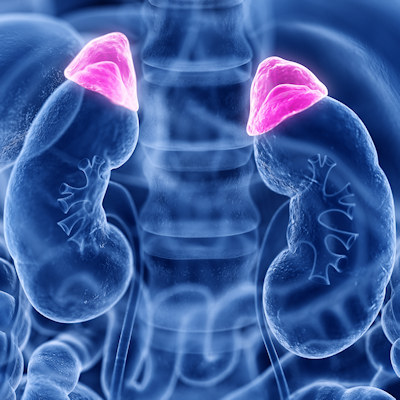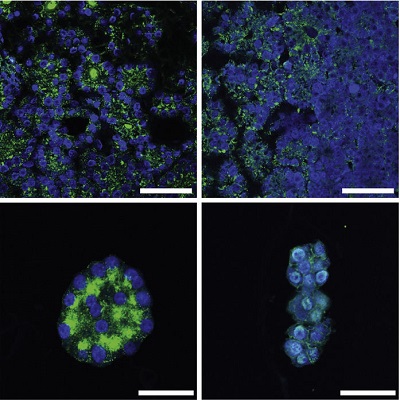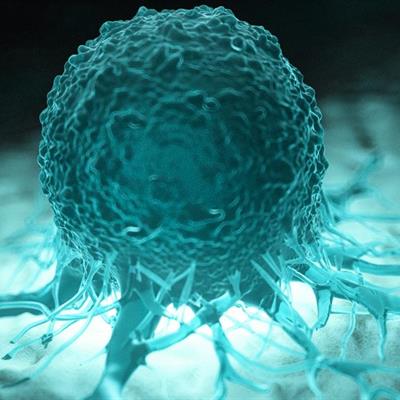November 22, 2022 -- An international team of researchers has revealed links between the connectivity of three-dimensional tissue structures and the emergence of their architecture. Their findings, published November 21 in the journal Nature Physics, may help the organoid community better characterize and engineer the self-organizing tissues that mimic human organs.
Human organs have complex networks of fluid-filled tubes and loops. Different organs feature various geometries and differently connected three-dimensional structures that determine the function of the fluid-filled tubes and loops within organs. One example is the branched network architecture of the kidney, which supports the efficient filtration of blood.
During embryo development, organs develop their shape and tissue architecture out of simple groups of cells. However, observing embryonic development in a living system and understanding how the fluid-filled tubes and loops develop and connect has been challenging.
Scientists from the Max Planck Institute (MPI) of Molecular Cell Biology and Genetics, the MPI for the Physics of Complex Systems, and the Research Institute of Molecular Pathology used organoids derived from mouse embryonic stem cells that form a complex network of epithelia, which line organs and function as a barrier.
Organoids can be generated in large numbers, and the environment can be controlled to influence development. Also, studying tissue development in organoids with advanced microscopy makes it possible to see dynamic changes deep within the tissue. The researchers were able to study the shape, cell numbers, and connectivity of the epithelia, and track changes in the internal organoid structures over time.
"We hope that our findings will lead to a fresh view of complex tissue architectures and the interplay between shape and network connectivity in organ development," study supervisors and co-authors Jan Brugues, Frank Jülicher, and Elly Tanaka, said in a statement.
Copyright © 2022 scienceboard.net










